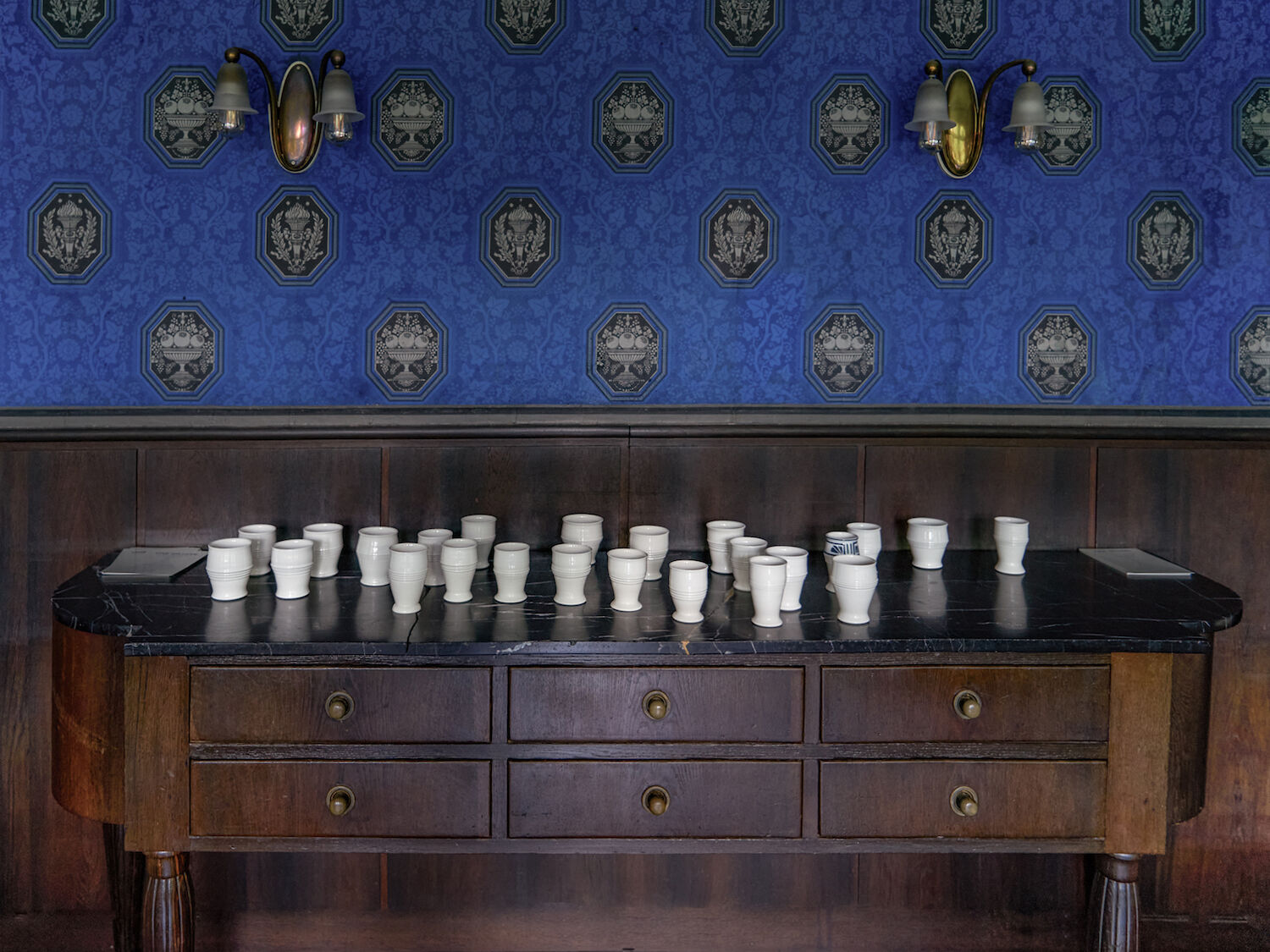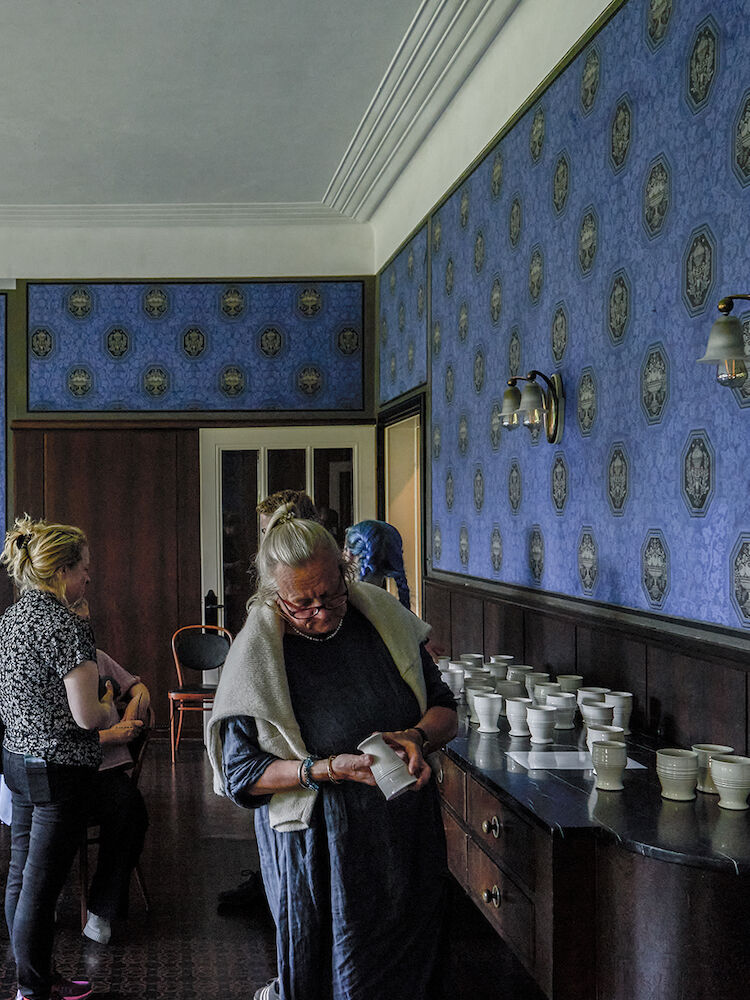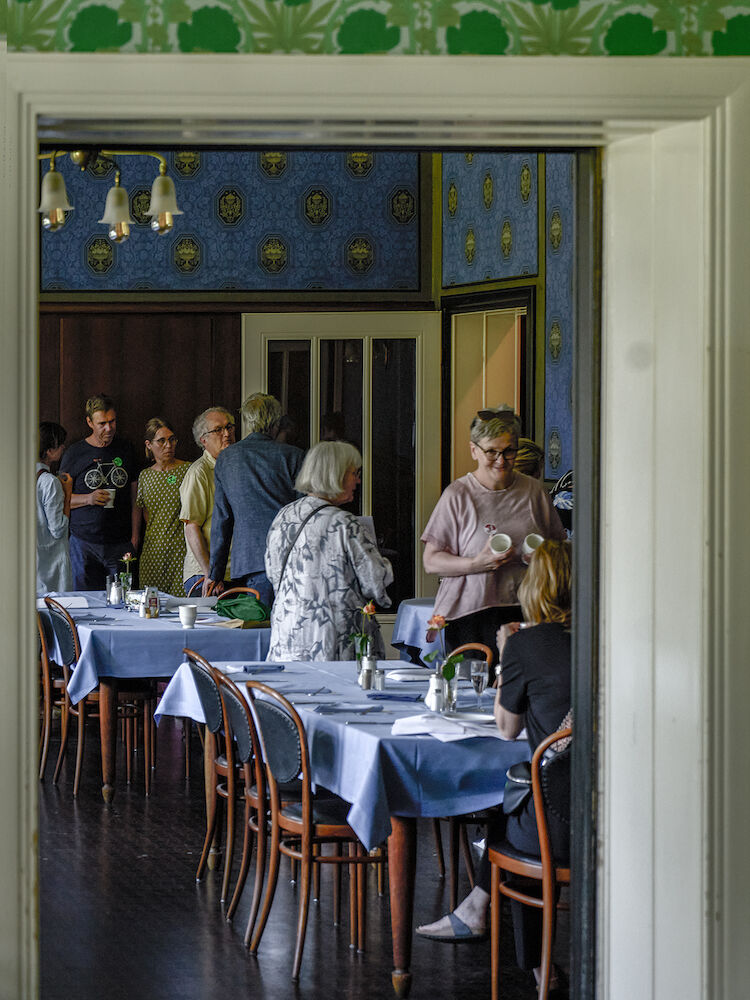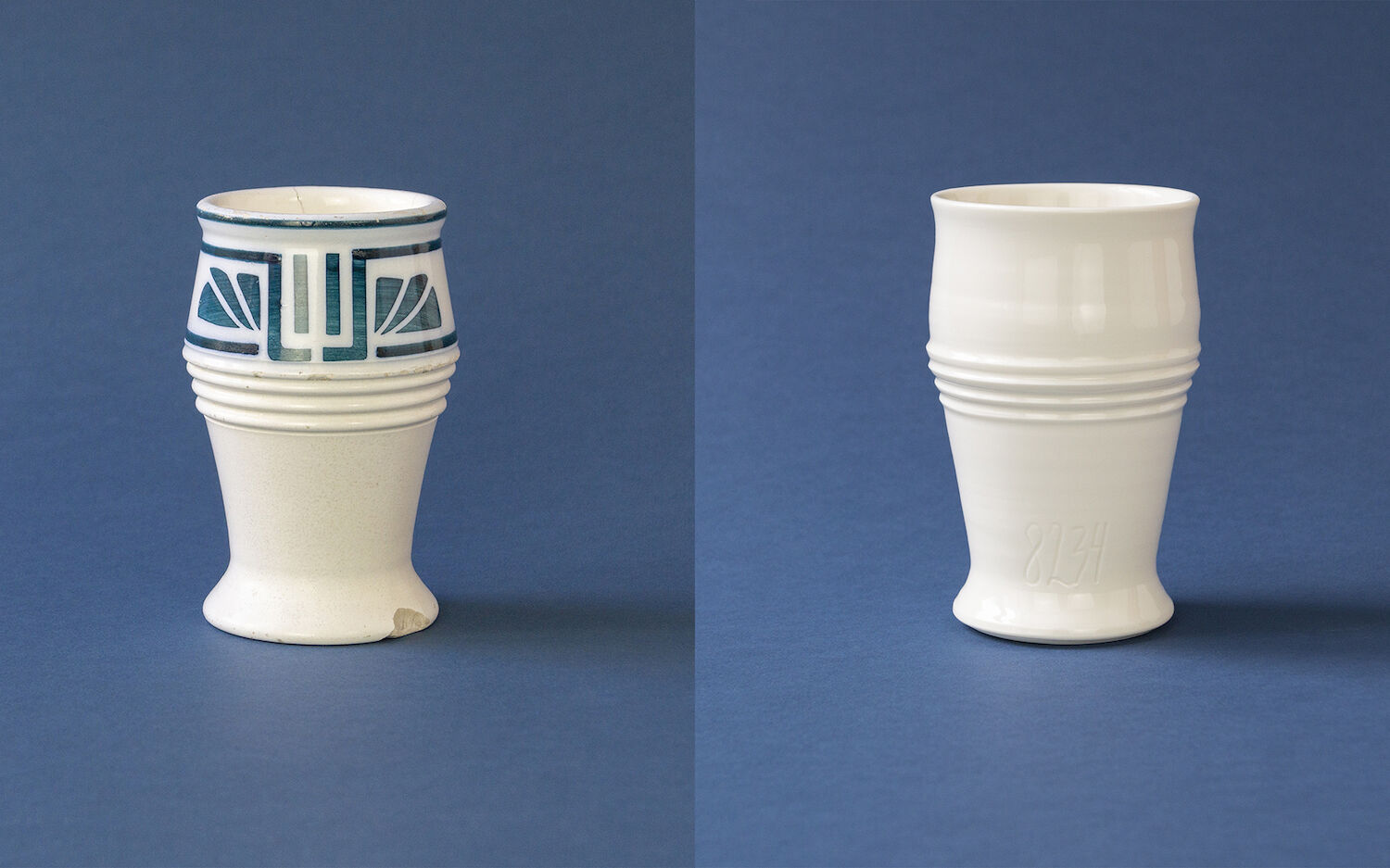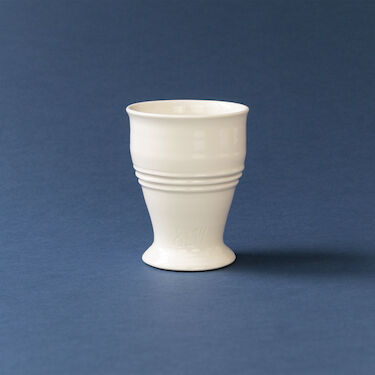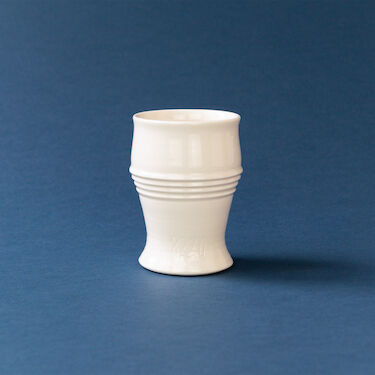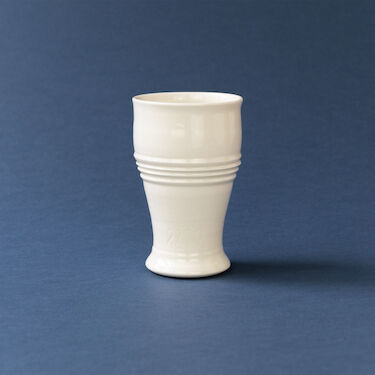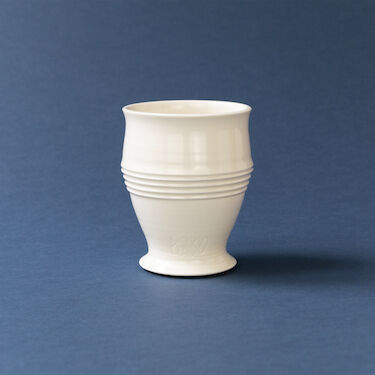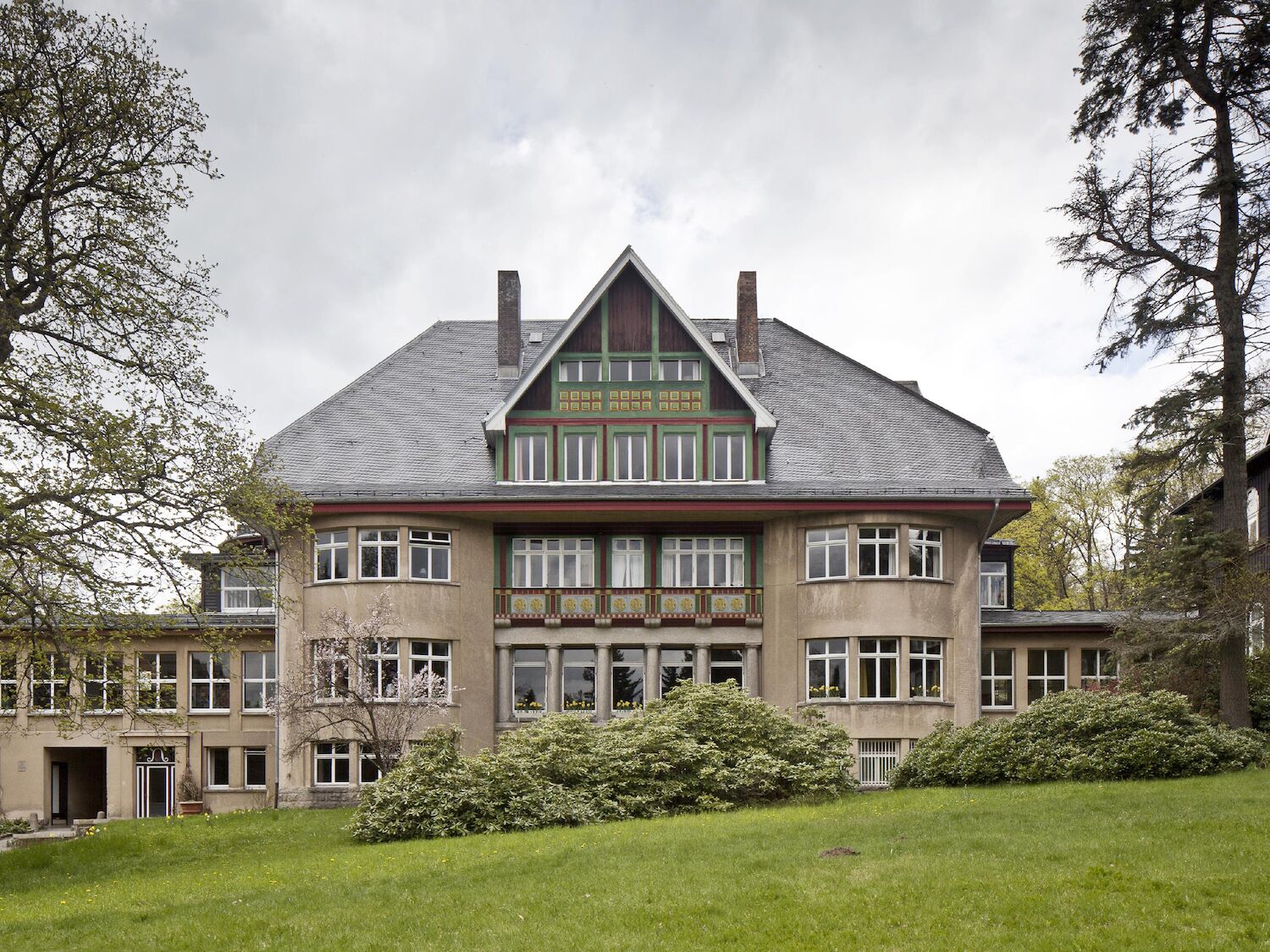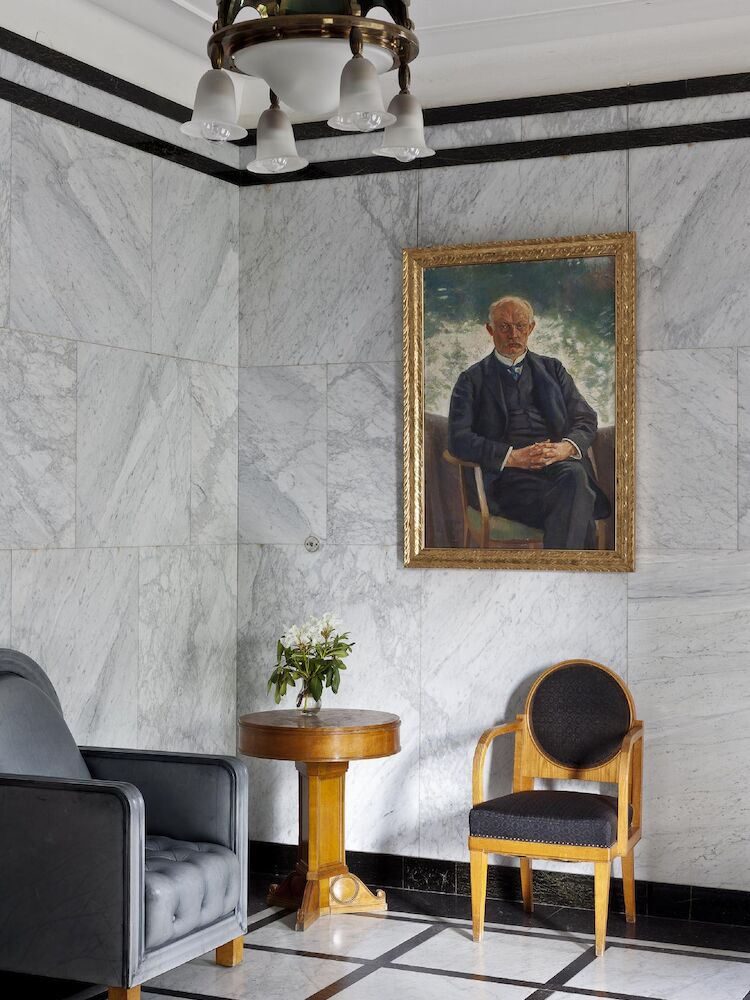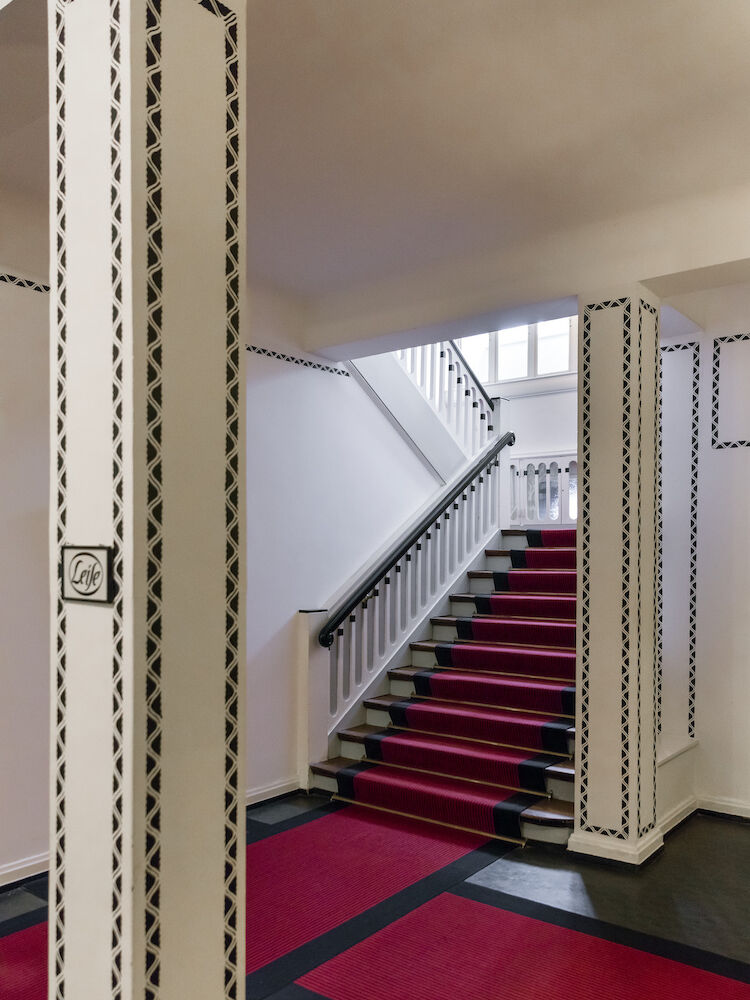
SANATORIUM DR. BARNER | BRAUNLAGE / HARZ
EDITION ALBIN MÜLLER @ ORNAMENT AND MATTER
Opening: June 10, 2023, 3pm
Duration: June 10 – September 09, 2023
Location: Klinik Dr. Barner, Dr. Barner-Straße 1, 38700 Braunlage / Harz, Germany
Opening hours: Saturdays 10am-6pm , Entrance free
-> www.stiftung-barner.de
-> Edition Albin Müller
From 10 June to 09 September 2023, the group exhibition ORNAMENT UND MATERIE. Contemporary Positions on Art Nouveau. Selected works developed especially for the location will be presented by: Uli Aigner, Lindy Annis, Heike Baranowsky, Veronika Kellndorfer, Inken Reinert, Eva-Maria Schön and Barbara Steppe.
The Berlin-based and multidisciplinary artists occupy the public spaces of the Klinik Dr. Barner and refer in situ to the Art Nouveau era with its ornamental designs and social reform of life. The exhibition, conceived by Lindy Annis, focuses on the dialogue with the Art Nouveau building and its function as a medical-therapeutic site.
ORNAMENT AND MATERIAL is presented on the occasion of the exhibition Goddesses of Art Nouveau in the Braunschweig State Museum. There, one of the most important motifs in Art Nouveau - the woman - will be thematised and the range and ambivalence of images of women around 1900 will be examined.
The art exhibition ORNAMENT UND MATERIE asks for a contemporary view of Art Nouveau. Seven women artists were invited to enter into direct dialogue with the spaces of the Art Nouveau sanatorium. While the exhibition in Braunschweig looks at the figure of the woman around 1900, Ornament and Matter gives women artists the space to position their works in relation to Art Nouveau.
In the Blue Dining Room, for example, porcelain vessels can be seen that the Austrian artist Uli Aigner made as part of her ONE MILLION project. The mugs transform the original toothbrush mug by Albin Müller into a universal vessel that can be used by the guests of the house for water, tea or coffee.
The unique porcelain pieces of the ONE MILLION Edition Albin Müller formally refer to an Art Nouveau toothbrush mug, which architect Albin Müller himself designed for the sanatorium Dr. Barner in Braunlage in the Harz region (Germany) as a clinic for internal medicine and psychotherapy.
"The form slightly modified by me to the universal cup is intended for all guests and visitors of the sanatorium for daily use."
Uli Aigner
"As a synthesis of the arts, almost unaltered inside and out, the sanatorium provides a precise representation of the high quality of interior design and decorative arts during the late phase of Darmstadt Art Nouveau."
David Chipperfield Architects
Life Forms. Ornament, Matter and the Art of Furnishing
By Beate Söntgen
Uli Aigner's drinking cups are a direct takeover of a design element from the original furnishings. It is a cup designed for the sanatorium by its architect and interior designer, Albin Müller. This design is an important evidence of the claim to conceive and realize the Sanatorium Dr. Barner with the utensils needed there as a total work of art, with the idea that the art of building and furnishing contributes significantly to recovery.
Ornament lost its reputation of being mere decoration. Instead, it was now seen as a means of expression that could, in turn, exert its own effect on the viewer. It was understood as a lifeline that preserved psychological and physical movements and could thus influence the shaping of society - an idea that received a philosophical, scientific and empathy-theoretical foundation around 1900.
Aigner took the basic shape of the cup from Albin Müller, but varied it to suit the different preferences of users. Aigner also omitted the decorative band on the top rim. The artist has created 70 different versions, which will be made available to patients for use in the sanatorium, but will also be available for purchase for further use. The project is part of a larger one: One Million, launched nine years ago, is planned as Aigner's life project, indeed as an enterprise that will extend beyond her lifetime. The artist has set herself the task of making one million vessels for a wide variety of contexts of use, be it her mother's kitchen, a hospice for the homeless, a museum, or even the Dr. Barner Sanatorium. Aigner explores the needs, preferences and habits of future users with the aim of bringing together the most diverse milieus in which the vessels circulate.
As in Art Nouveau, the artist combines new processes of creation, distribution, and reception of design work. Aigner makes no distinction between that which has long been excluded from the world of everyday use as high art and handicraft, which precisely because of its craftsmanship was not considered real art. Aigner, however, is not only concerned with the contexts of use of artistic design, but also with the pervasiveness of the techniques and technologies with which she works - this, too, is a parallel of many design works in Art Nouveau, which explored new materials and technologies, for example the possibilities of the electrification of the everyday world.
HISTORIC BUILDING SANATORIUM DR. BARNER
Dr. med. et phil. Friedrich Barner (1859 - 1926) was one of the first doctors to turn to psychotherapy in order to treat "body and soul" holistically. Very early on, he recognised how important the environment and structural ambience can be for the healing process. In 1912, he commissioned the Darmstadt Art Nouveau architect Prof. Albin Müller (1871-1941) to design the new building of the sanatorium. As early as 1903, Albin Müller travelled to Braunlage for the first time to find a cure for his insomnia with Friedrich Dr. Barner. From 1905, the interior designer and later director of the Mathildenhöhe artists' colony in Darmstadt worked on the idea of designing the sanatorium as a total work of architecture and spatial art. The ornamental linoleum floors, wallpaper and wall settings, lamps, furniture, curtains and crockery, are still preserved today in a unique completeness. Today, the sanatorium is one of the most important preserved Art Nouveau buildings in Germany and was awarded the Lower Saxony Savings Bank Foundation Prize for Monument Preservation in 2006 and the Grand Prix Europa Nostra in 2018.

